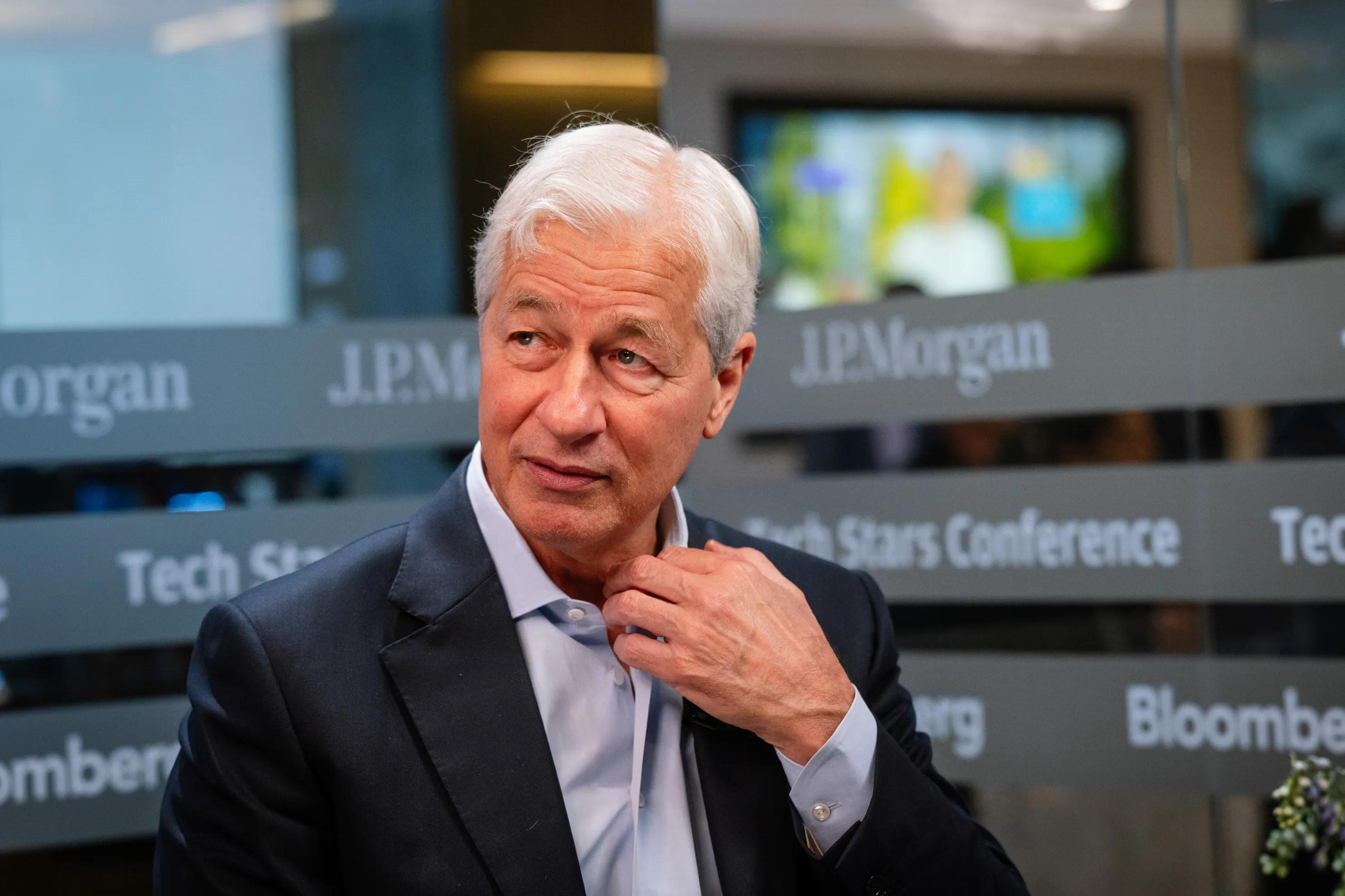
Big U.S. banks are growing rapidly. Traders and dealmakers at Citigroup, Goldman Sachs, JPMorgan Chase, and Wells Fargo performed strongly in the third quarter, boosting lending. Amid a surging stock market, corporate borrowing costs are close to the risk-free rate. However, the Federal Reserve is expected to cut interest rates in the coming months and could slash banks' capital requirements by billions of dollars.
First, big banks are increasingly involved in financing non-bank lenders and asset managers, which are currently more focused on churning assets in the market than funding new activity in the real economy. With growing concerns about AI-driven market bubbles, the U.S. central bank needs to be extremely careful not to add fuel to already raging financial fires.
Second, recently revised Federal Reserve data shows that all of the growth in U.S. bank lending this year has come from non-banks. These borrowers now account for 13% of total outstanding loans. While most big banks don't report revenue from lending to hedge funds and other asset managers, Goldman Sachs' results offer some clues to demand. Revenue from its prime brokerage unit increased by about a third compared to the same period last year, setting a quarterly record for the division. The Federal Reserve's planned change to the calculation of the so-called supplementary leverage ratio is expected to further boost banks' ability to lend in this way. This will allow banks to further expand their primary brokerage and bond financing businesses both domestically and internationally, and to direct more funds into potentially frothy markets.
Additionally, executives hope the Fed and other regulators will soon revise rules to free up more capital, either to allow banks to take on more risk or to pay out hefty dividends to shareholders, who will then need to find assets to invest this capital. Consultants at Alvarez & Marsal predicted this week that deregulation could free up nearly $140 billion in equity requirements for US banks—equivalent to nearly half of JPMorgan Chase's current capital. This is undoubtedly a strong and optimistic estimate, but it also foreshadows how far things could go.
Meanwhile, President Donald Trump's efforts to influence the Federal Reserve have fueled expectations of a full percentage point interest rate cut before next summer. Concerns are rising that US economic growth will slow next year and the labor market is weakening. However, a rate cut appears more likely to inflate asset prices than to resolve the trade and tariff uncertainties that are hindering business leaders from making new investments. Banks say that behind all this, corporate and household balance sheets remain mostly strong, while demand for general business loans and residential mortgages is low. JPMorgan Chase confirmed that it lost $170 million in financing related to the failed auto lender Tricolor, but these issues were limited to the most indebted companies and the lowest-income consumers.
Furthermore, JPMorgan Chase CEO Jamie Dimon has been repeatedly questioned about non-bank lending and what investors should be concerned about. The industry encompasses a wide range of activities, from highly competitive subprime and high-yield private credit to secured investment-grade loans to multi-trillion-dollar fund managers, each posing distinct risks. Dimon warned that regulatory arbitrage exists outside the banking sector, and that poor underwriting practices will be exposed during an economic downturn.
In short, when reviewing bank regulations, US regulators should seek to encourage lenders to create credit for the real economy, rather than fueling financial bubbles. They must not relax regulations for ideological reasons. This would lead to overheating of the financial system and trigger more severe crises in the future.

According to Yahoo US media reports, the recent remarks of Federal Reserve Chair Jerome Powell have drawn deep concern from the market about the health of the US labor market.
According to Yahoo US media reports, the recent remarks of …
After 11 years of waiting in the deep sea, we finally have …
On December 17, 2025, the newly renovated American "Preside…
Nike's second-quarter revenue reached 12.4 billion US dolla…
The European Union (EU) recently announced sanctions agains…
In December 2025, the U.S. economy and financial markets ex…